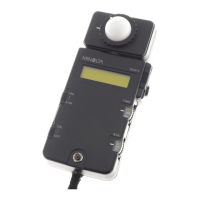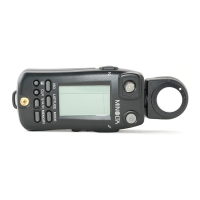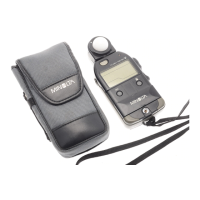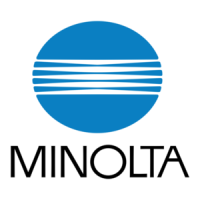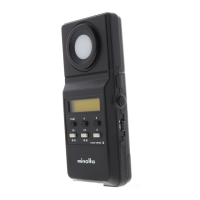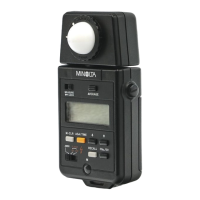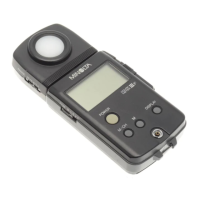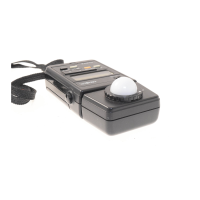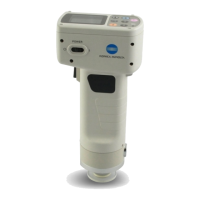Ch
etering:
Reflected light metering systems
measure the
light reflected by the subject.
The
receptor is
pointed
directly at the subject
and thereby
measures the actual
light
(luminance)
which
will
enter
the
lens
and be
recorded on
film. All
scenes
contain both
light and dark objects, and
for certain applications
the reflected
light meter can be
more
effective
than an incident
light meter, the
readings of which are based on
a
reference reflection ratio of 18%.
One
normally seeks a natural balance
in which light objects
appear
light
and dark
objects appear dark.
There are, consequently,
some
problems
presented
by
reflected
light meters as they
will
turn
both light and dark objects
gray
in
the
final
photograph.
lt
is
therefore
important to
meter
the
right
part
of the scene
to
produce
the best
results.
Understanding
this
principle
will enable the
photographer
to adjust
the exposure to
emphasize a
particular
subject,
or to add detail to
a
generally
white
or
dark
picture.
In
addition, determining the contrast
in the scene and
monitoring how certain
lighting
conditions
are reproduced on
film will
enable
the
photographer
to use other techni-
ques
to
get
the
most from the
film's
potential.
Reflected light meters also
permit
accurate
metering of translucent
subjects,
neon
lights, lamps,
and other
light-emitting subjects,
in addition
to metering
of subjects
which
cannot be conveniently
approached.
--#h";:';;';:""
Exposure:
il45+112, 1/60
sec;
1/3
aperture
;:*jK"j
6
o
=
o
z.
O
6
o
c
=
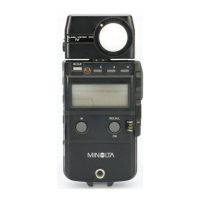
